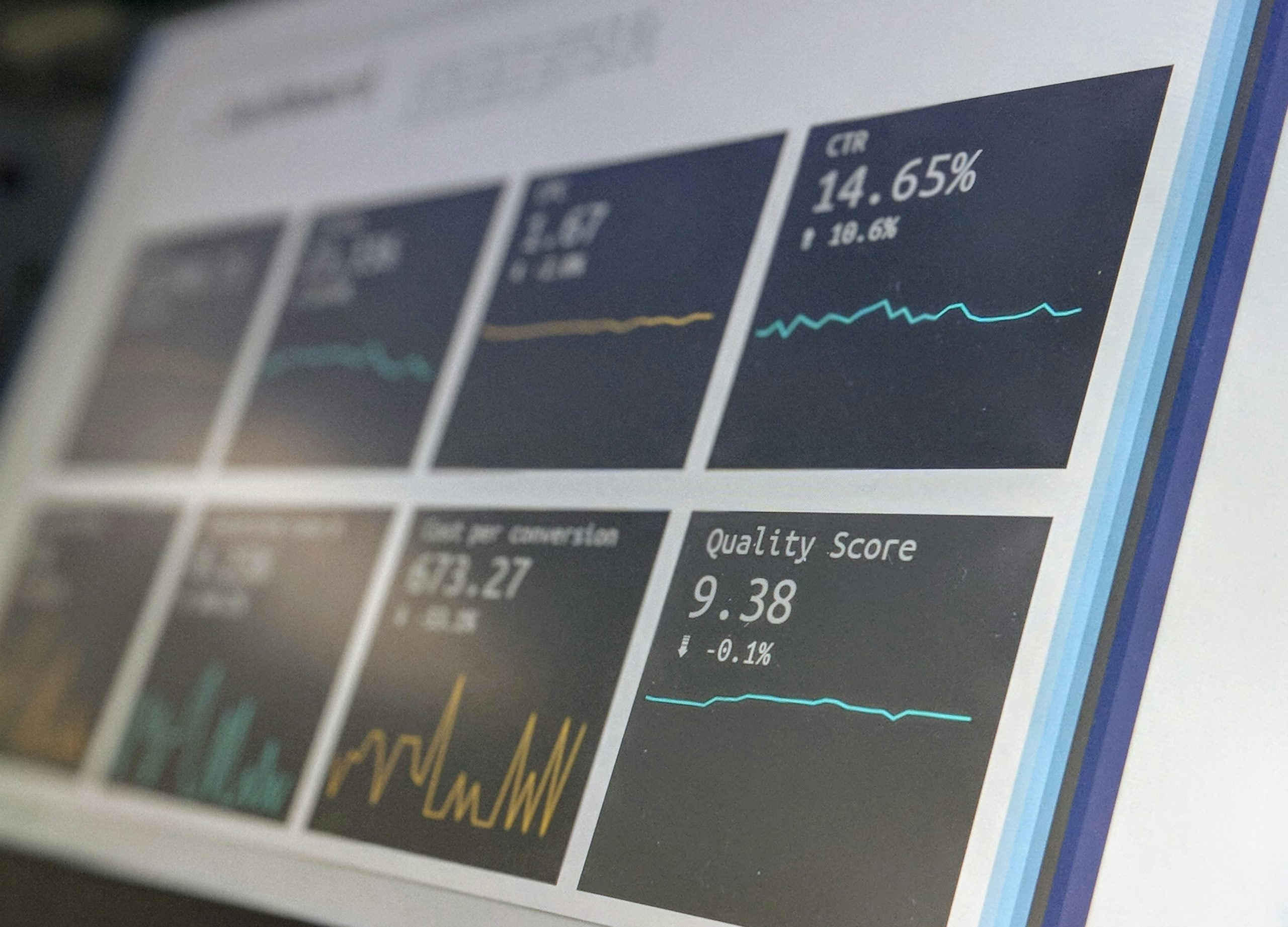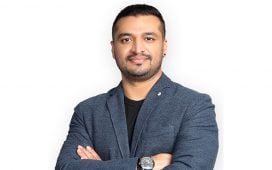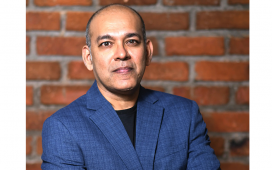
Although AI and ML have been around for decades, the dawn of generative AI has had a tangible impact for clients and agencies within the brand and marketing landscape, across creative, data-driven decisions, and operational efficiencies.
In a market where competition remains incredibly high, it has become imperative for agencies to use every offering available in their arsenal – including GenAI – to unlock new possibilities for creativity, allow for a new generation of unique content, personalise solutions at scale, and optimise communications based on the evolving socio-cultural and geo-political climate.
Campaign Middle East conversed with Corey duBrowa, Global CEO, Burson about becoming operationally ready in the world of GenAI, the power of partnerships, and how brands – and their leaders – can stand out within a volatile and crowded communications market.
“Generative AI models are not infallible. The efficiencies we expect through generative AI do not negate the need for expert-level oversight and validation.”

‘We should all be students of AI, and its impact on our clients and craft’
The discussion began by addressing the elephant in the room – GenAI, which offers benefits such as automating routing tasks, optimising workflows, freeing up valuable resources, and dashboards filled with carefully curated data-driven insights.
For instance, Burson has access to WPP Open, WPP’s intelligent AI-powered marketing operating system, which is a powerful platform that provides generative AI solutions to Burson as well as to agencies across the WPP network.
“The focus at the moment in the use of generative AI is largely on driving efficiencies by accelerating basic tasks like certain kinds of content creation, media lists, reporting and other core activities associated with PR. Last year at Burson, we completed a task level analysis of 230 activities done by our professionals and understand quite clearly where generative AI will provide the greatest impact and efficiencies,” duBrowa said.
However, while most agencies have invested in AI in some form or manner, what’s differentiating them is how they use such tools to benefit clients and brands.
DuBrowa added, “We also have the critical task of helping clients navigate the most complex information ecosystem amid a volatile social, political, and business environment. We use unique cognitive AI solutions that predict the impact of topics, issues, content or influential voices on any stakeholder audience as we work with clients to promote and protect reputation. By using cognitive AI and the expertise of our consultants to see around corners, we can help clients who are often data rich but analysis poor.”
Yet, there’s a need to focus on people as much as technology. DuBrowa explained that as advanced as the technologies have become, it is important to focus on engineering humans into the process, not out of the process.
“Generative AI models are not infallible. The efficiencies we expect through generative AI do not negate the need for expert-level oversight and validation,” he said. “If too much emphasis is placed exclusively on the technology, either in the academic environment or with young professionals, we risk an erosion of the craft of communications. The technology is a companion to – not a replacement for – expertise, client relationships and understanding the complex nuances of their business.”
The need to better prepare professionals for a world where GenAI augments their jobs and roles is, therefore, implied.
“With the speed in which generative AI is evolving, we should all be students of the technology and its impact on our clients and craft,” duBrowa said.
He added, “Given that the earliest use of generative AI was with students, most come into the field with a general working knowledge of how to use these tools but without the practical skills associated with communications. For our established professionals we’ve created an entire learning academy focused on bringing new skills to the workforce. In both cases, it’s about providing our professionals with essential skills they need.”
“Help clients navigate this volatility with preparedness; the uncertainty they face through agility; the complexity they need to manage by being more specialised; and the ambiguity they see by being data-led.”

‘Clients are looking for new solutions to old problems, and new approaches to new problems’
Building on the conversations surrounding AI and the adoption of novel technologies, Campaign Middle East then addressed concerns surrounding the changing PR landscape, globally and regionally, as well as the key challenges that need to be addressed in 2025.
“We are operating in a business environment right now that is not only volatile, uncertain, complex and ambiguous, but in a constant state of flux. We can help our clients navigate this volatility with preparedness; the uncertainty they face through agility; the complexity they need to manage by being more specialised; and the ambiguity they see by being data-led,” duBrowa explained.
To stay ahead of the curve within an industry in a constant state of flux, duBrowa suggested leveraging creativity.
“In this world of constant change, clients are looking for new solutions to old problems, and new approaches to new problems,” duBrowa said.
Looking to the future, he said, “Next year, we’ll see some tangible examples of how AI and automation are benefiting organizations, as the need to promote and protect their reputations in real time will be in more demand than ever. Reputation is a company’s most valuable asset for enhancing perception and growing performance, preference, valuation and return.”
“In the Middle East, we are seeing interesting opportunities in the gaming space and how this has evolved from a niche activity to a powerful platform for engaging stakeholders across various sectors, including businesses, non-profits, education and entertainment, and we’re gearing up to meet this demand,” du Browa added.
“What we’re learning through tools is how to apply predictive analytics at scale, which is tremendously valuable to clients. And that suggests just how important these AI tools are going to be to the future of communications.”

‘Create solutions that bridge strategy and execution in a very complex operating environment’
We then discussed the power of partnerships, and the need for better collaboration – not only across the supply chain and involving various stakeholders – to provide better counsel to clients – but also to move the needle on the adoption of best practices across competitors within the industry.
“Our most important partners are our clients, and much of my recent time in Dubai and Abu Dhabi was devoted to enabling us to better collaborate. We had terrific meetings with a wide range of clients which left me incredibly optimistic and enthusiastic,” duBrowa said,
We asked, what sort of counsel does today’s client want from partnerships?
He responded, “The client wants to rely on us as a strategic partner that is adept at dealing with issues and stakeholders and strategies and making material decisions rapidly, effectively and globally at the intersection of strategy and execution. That is what the market is telling us – it’s about creating solutions that bridge strategy and execution in a very complex operating environment. This is very much what I was seeking in an agency throughout the 15 years I was a client: A creative thought partner who could help us see around corners, make sense of vast amounts of information and provide smart counsel.”
Clearly, agencies that provide such services will witness clients engaging with them even more deeply.
Concluding where we began the conversation, duBrowa said, “Looking ahead, technology will continue to be a differentiator in moving the needle for clients. Some of our clients’ most difficult issues are related to the proliferation of weaponised information. What we’re learning through tools is how to apply predictive analytics at scale, which is tremendously valuable to clients. And that suggests just how important these AI tools are going to be to the future of communications.”









